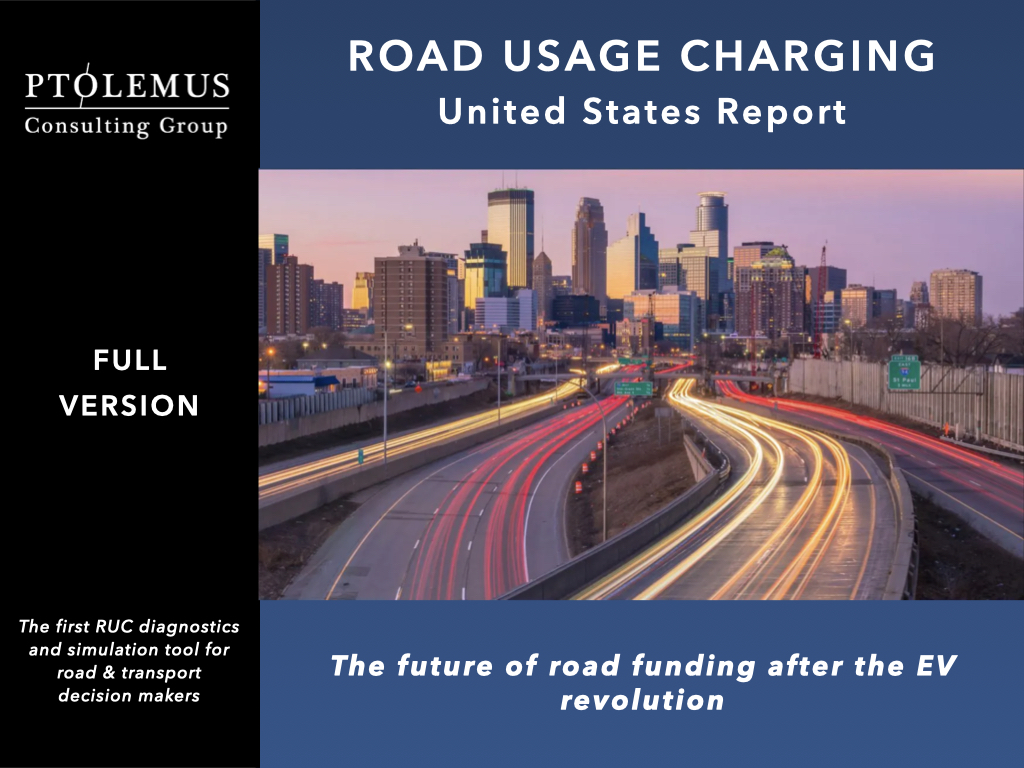Key Drivers of RUC in the US: Transportation and Highway Funding

As we discussed in the first part of this series on key drivers of RUC in the US, financial and economic factors like transportation and highway funding are a motivating factor in the adoption of RUC schemes in the US.
User fees are a core element of transportation and highway funding at the federal and state levels. In fact, around 50% of total funding comes from user fees with the rest from other types of taxes and bonds.  However, recent trends show expenditures growing faster than user fee revenues which has put significant pressure on the budgets of state and local governments.
However, recent trends show expenditures growing faster than user fee revenues which has put significant pressure on the budgets of state and local governments.
State and local government expenditures have shown consistent growth at a CAGR of nearly 4% in the last 20 years. Over the same period, user fee revenues, including fuel tax revenues, have grown at a slower rate and thus fund a lower share of total expenditures. User fee revenue made up roughly 65% of expenditures in 2000. By 2020 this percentage decreased to around 50%. Fuel tax revenue, the largest portion of user fee revenue, has declined at an even faster rate going from 43% in 2000 to only 27% in 2020. This decline in fuel tax revenue can be mostly attributed to the improved fuel efficiency of vehicles along with the rise in popularity of electric vehicles.
The other main factor contributing to the transportation and highway funding issue is the increase in construction costs seen each year. Construction costs have increased by 50% more than the rate of inflation in the past 20 years, marking an increase of over 3% per year over this period. Given that the fuel tax in most states is not even linked to inflation, this increase has a dramatic impact on revenues, essentially rendering each dollar of revenue less valuable.
Transportation and highway funding is in need of new sources. User fees are steadily decreasing as a share of funding over the past 20 years, linked closely to the steep decline in fuel tax revenue. This in combination with large increases seen in construction costs over the same period has created infrastructure funding gaps which will only widen until a new funding mix is established. Road usage charging has the potential to address and alleviate these issues.
To learn more about RUC see our next post in this series on the key drivers of road usage charging in the US on The Evolution of Mobility or review our in-depth market research reports on RUC and ETC.

